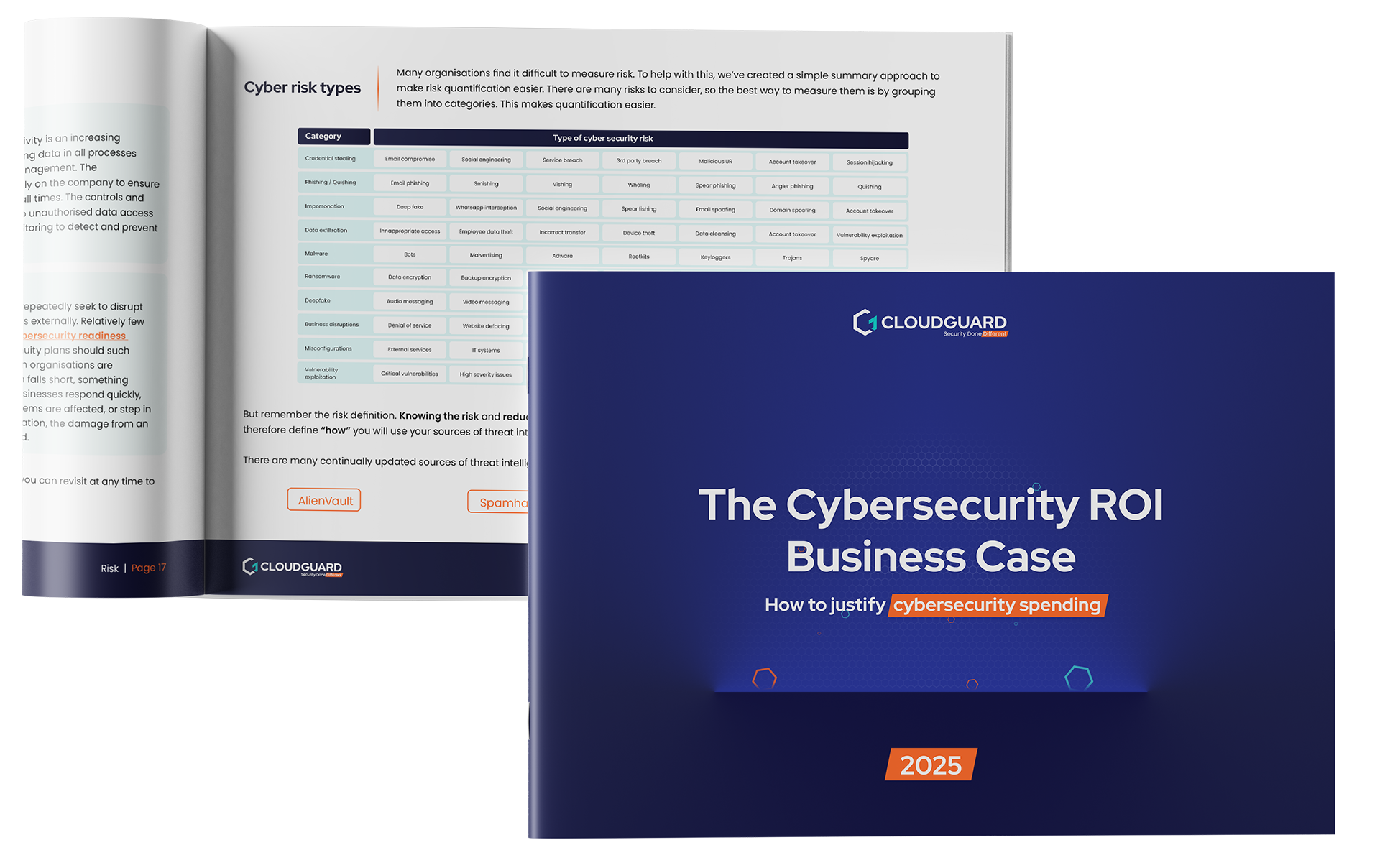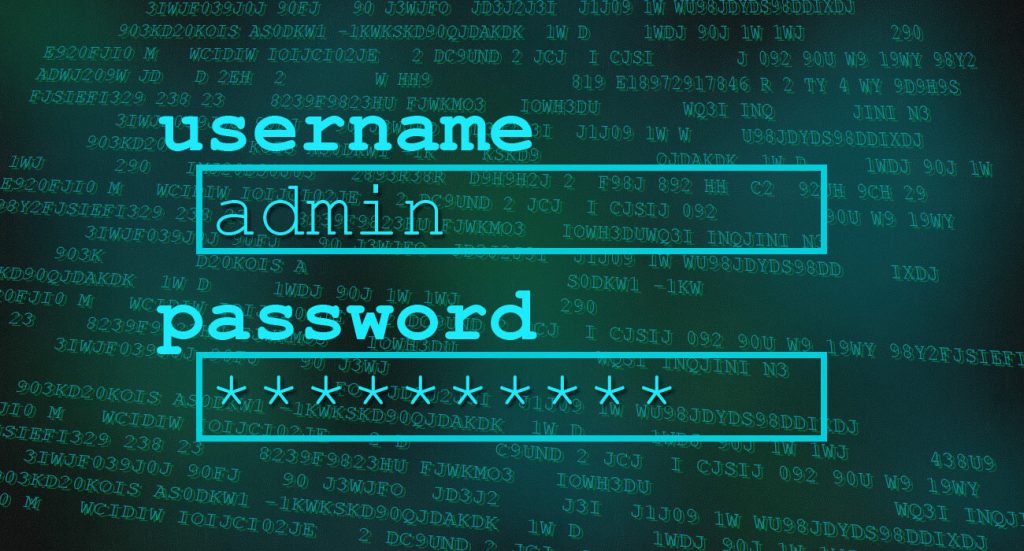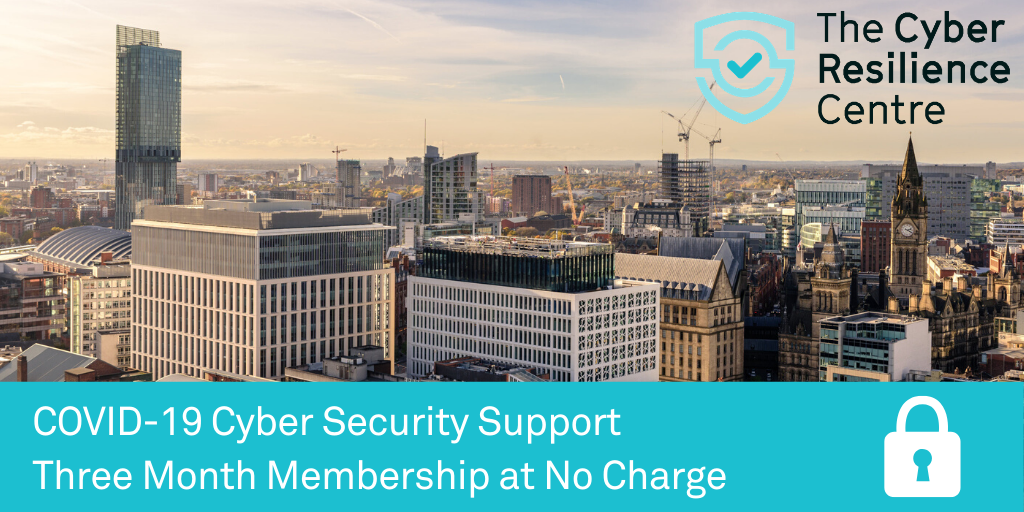As an IT leader, you’ve already done the hard work, deploying tools, tightening controls, training teams. But the cyber threat landscape is constantly changing. It’s often what you’re not thinking about that creates the greatest risk.
This isn’t a checklist of basics. It’s a boardroom-focused look at critical blind spots, emerging trends, and ROI-driven realities that are shaping how forward-thinking businesses build cybersecurity business cases.
Whether you're defending budget, planning upgrades, or just trying to keep pace, these are the things that should be on your radar.
1. Cyber risk isn’t just technical, it’s financial.
Have you calculated your cost-per-day of downtime? Downtime costs you £2,949 a day. The average breach causes 12 days of downtime. That's over £35,000 in lost operations, before factoring in fines, churn or recovery.

2. Phishing is still your biggest problem.
Sophisticated AI-powered phishing makes up 82% of successful attacks. Tech alone can’t stop it, human behaviour is the weak link.
3. Getting cyber insurance is becoming harder, and more expensive.
Insurers increasingly demand evidence of strong cybersecurity controls, like MFA, response plans, and frameworks such as Cyber Essentials. Without these, premiums rise sharply, coverage may be limited, or businesses may be declined altogether.
4. Security ROI is measurable.
With the right model, a cybersecurity investment can show 261% ROI based on risk reduction. Most boards never see this calculation.
5. Your biggest risk might be in your supply chain.
There was a 300% increase in supply chain attacks last year. Are you assessing the posture of partners and SaaS vendors the same way you do your own?
6. Most incident response plans are shelf-ware.
Only 22% of UK companies have tested their IR plan in the last 12 months. Testing reduces recovery time by 45%. It’s a quick win.
7. You may be budgeting for tools, not outcomes.
Is your spend aligned with risk reduction or checkboxes? Boards now want to see business-aligned cyber ROI, not just tool stacks.
8. Internal SOC costs might be sinking your budget.
Hiring and running even a minimal internal team can exceed £95,000 annually, and still leave gaps in 24/7 coverage.
9. AI is a double-edged sword.
AI drives automated defences and automated attacks. Without the right protection in place, it’s a business risk multiplier, especially in phishing and impersonation attacks.
10. You’re not alone but you might be unsupported.
67% of SMEs say they lack in-house skills. But 89% now partner with Managed Security Providers. Expert support is no longer optional.
 Preview the cybersecurity ROI business case
Preview the cybersecurity ROI business case
Want to read the full cybersecurity ROI business case? Protect your brand, reduce risk, and justify spend with data. CloudGuard AI helps you build a cyber strategy your board will back.









